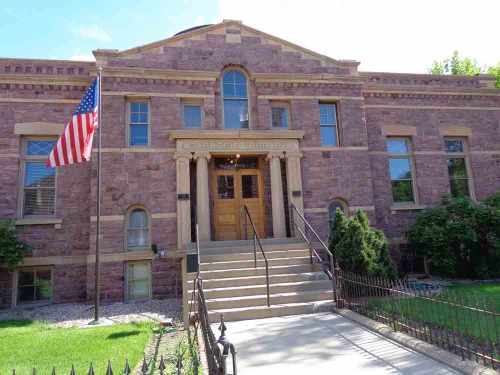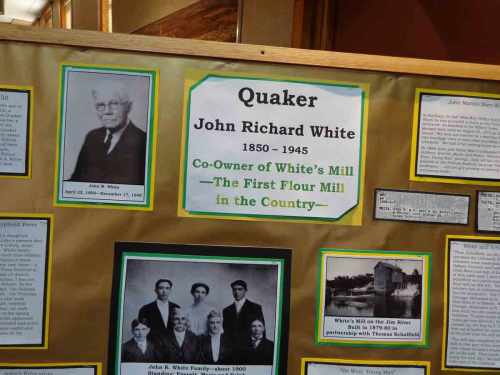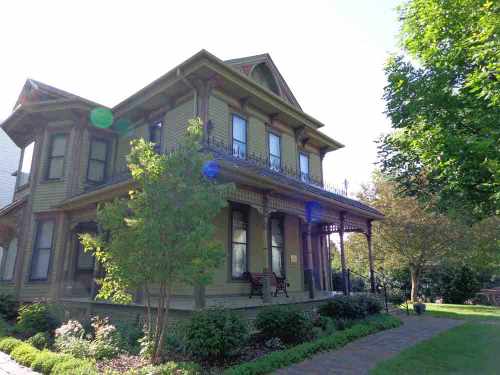Much of the fun of travel is discovering new foods. I’ve explored much of the planet and sampled a wide range of specialties, but I have also discovered that one need not go far to find new things. And I’m not referring here to ethnic restaurants (though I love those) but rather to local specialties that are cherished in towns, states, or regions, and that are cornerstones of life, though often hardly found outside their home bases.
One such specialty is South Dakota’s chislic. Chislic is an iconic food, particularly in the southeast corner of the state, especially around Freeman, home of an annual chislic festival. In 2018, chislic was named the “official nosh” of South Dakota. The dish is attributed to German/Russian immigrants who arrived in SD in the 1870s.
The “nosh” designation is because chislic is not a main course. It is essentially bar food. Meat on a stick might sound like shish kabob, but in this case, the meat is in half-inch cubes. Of course, order enough, and it can be a full meal. But mostly, it’s a snack.

Knowing this meant I had to plan to not only try chislic, but try it multiple times—and most especially, in Freeman, at a place almost iconically associated with the dish—Meridian Corner. This popular and attractive restaurant sits alone amid sprawling fields at the corner of Hwy 18 and Hwy 81, They serve full dinners and are known for their steaks, but a lot of folks who stop there are searching for chislic—because here, it is completely traditional, with roots going back to the 1870s. Many places (even Meridian Corner) experiment with other ingredients, but traditional chislic is lamb or mutton, so that’s what I ordered. Small cubes of meat threaded on skewers, deep fried (though some places grill them) and served with soda crackers and garlic salt.

Not as iconic as chislic, but also offered at Meridian Corner, is Fleisch Kuchele, a meat-filled pastry that somewhat resembles a Cornish pasty. So I settled down with one order of mutton chislic, one of lamb chislic, and one of Fleisch Kuchele. Enjoyed it all.

This would not be my last chislic while in South Dakota. I was headed for Sioux Falls, for a couple of days of exploring, and I made a point of looking up a newer spot: Urban Chislic. In this trendy venue, in addition to multiple meat options (lamb, of course, but also beef, chicken, pork, fish, venison, and bison) there are other variations. The meat is still cut in small cubes, but here, it is fried un-skewered and served in a bowl, along with one’s choice of dipping sauce (Thai chili, kung pao, buffalo, ranch, and half a dozen hot, hotter and hottest options). That said, the menu does carry “The 1870,” which is on skewers with saltines and garlic salt. But I’d had that in Freeman, so here, I got lamb and opted for garlic parmesan dip. Very tasty.

So if you get to South Dakota, while there is the usual variety of local and ethnic options, do try to find chislic for at least one eating opportunity. There’s a reason it’s still around after 150 years.


















